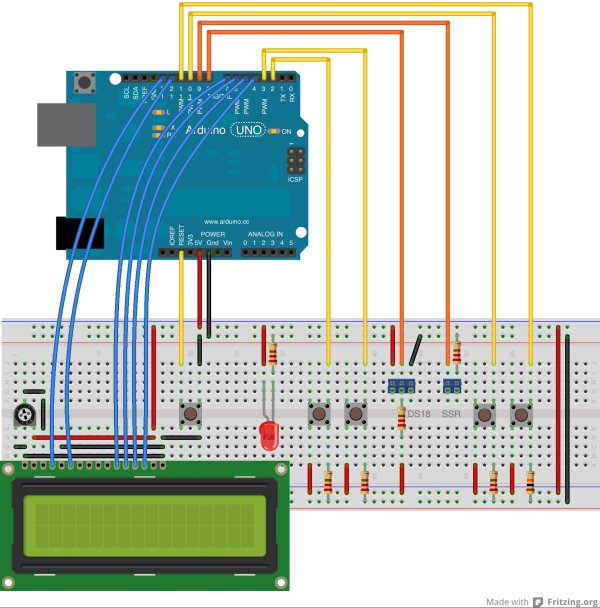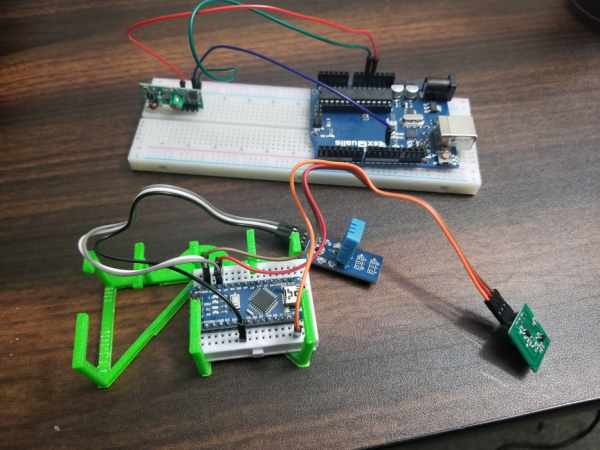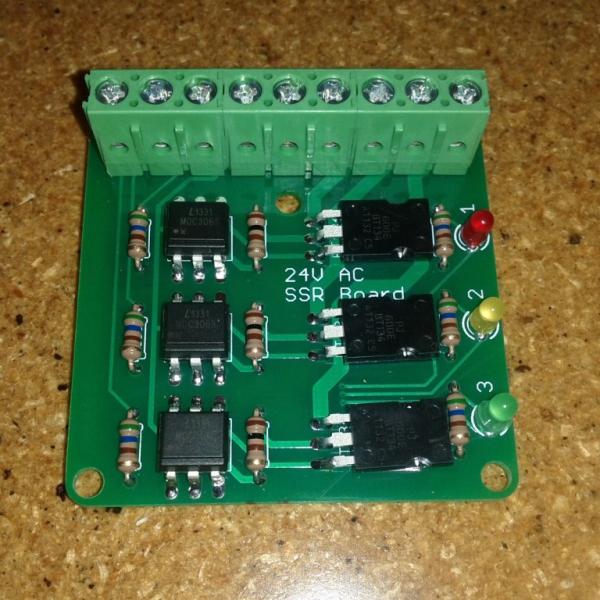PID Thermostat For The Arduino
PID Thermostat This PID thermostat is designed for the arduino platform. It provides separate tuning parameters for several hardware ‘profiles’, and features an autotune mode to calculate the PID parameters for a specific setpoint. Installation Hardware DS18-series (I’m using the DS18B20) temperature sensor Solid-state relay rated for your power source 16×2 LCD display (I’m using […]










